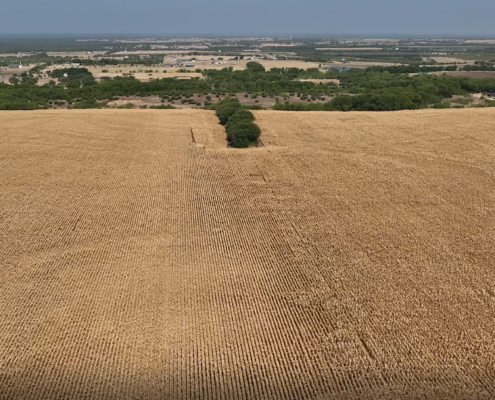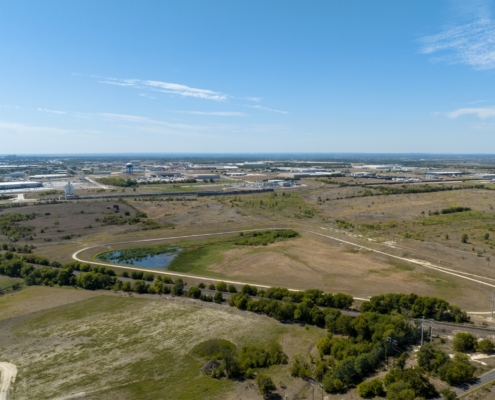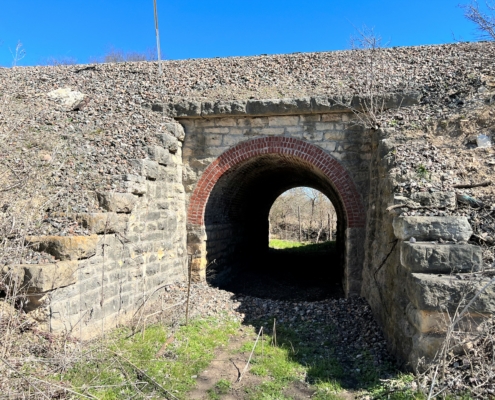Environmental Science
Integrating principles & practices
Implementing innovative and responsible practices is necessary to master the rapidly growing demands of infrastructure solutions. At KPA Engineers, we believe that Environmental Science and Civil Engineering play a vital role in project success. We collaborate with our clients to overcome complex scientific obstacles and guide them through complicated governmental policies to achieve their objectives. From initial environmental investigations to the final project design, Municipalities across Central Texas trust KPA Engineers.
Phase I Environmental Site Assessment
A Phase I Environmental Site Assessment (ESA) aims to identify, to the extent feasible, Recognized Environmental Conditions (RECs) or Controlled Recs (CREC) in connection with a project site, adhering to the ASTM Standard Practice E1527. This process includes reviewing site records, visiting the site, interviewing individuals with site knowledge, and developing a final report.
Records Review:
KPA Environmental Scientists conduct a historical database search and review government environmental records.
Site Reconnaissance:
Required site visits are conducted to observe the property and any structure(s) on the property and adjacent properties to identify any potential presence of hazardous releases. Contamination can result from activities that took place on the site or from activities nearby.
Interviews:
Knowledgeable local governmental officials are interviewed in addition to present and past owners, operators, and any additional site occupants.
Report:
After the examination of the site, a report is compiled to document findings, identify data gaps, provide conclusions, and offer an opinion regarding an additional investigation of RECs identified at the site.
Nationwide Permits
As part of KPA environmental services, we offer application completion and submission for permits with the United States Army Corps of Engineers (USACE). Nationwide permits authorize various activities related to project needs, such as bank stabilization, utility line improvements, wetland restoration, stormwater management, pre-construction notifications, surveying, and mitigation.
In the execution process of the permit application, our environmental scientists fill out all required documents and coordinate with the Corps of Engineers and other State and Local governmental agencies.
Third-Party Environmental Services
To accomplish all project goals, our Environmental Scientists collaborate with additional third-party experts to ensure site challenges are adequately analyzed, producing a responsible and resourceful design.
Third-Party Services Provided Include:
Wetland Delineation
Wetland delineation establishes a wetland’s location and physical area for federal, state, and local regulations. Potential wetland areas are identified by analyzing various maps, aerial photographs, soil information, on-site reconnaissance, and hydrologic analysis of the land to identify historic or archaeologically significant sites that the proposed project may impact. In cases when wetlands cannot be avoided and must be affected, a Federal/State Permit is required.
Threatened and Endangered (T&E) Species Survey
The objective of any T&E survey is to gather the information needed to make a fully informed decision regarding the potential impact on threatened and endangered species. Before executing a T&E survey, a review of existing records and a habitat assessment are conducted to determine the presence of any known T&E species. If the possibility of T&E species is present on the proposed site, a field survey is required to demonstrate consistency with the T&E standards.
Cultural Resources Review (Archaeological Review)
Cultural Resources Reviews require background research to develop a cultural context for the study to locate any historic resources that the proposed undertaking would potentially impact. The investigation consists of an archival review, a site reconnaissance, and a shovel test pit excavation. Upon completion of the review, a report is developed for evaluation by the State Historic Preservation Office (SHPO) under the Texas Historical Commission’s (THC) Rules of Practice and Procedure, Chapter 26, Section 27, and the Council of Texas Archeologists’ (CTA) Guidelines for Cultural Resources Management Reports.



